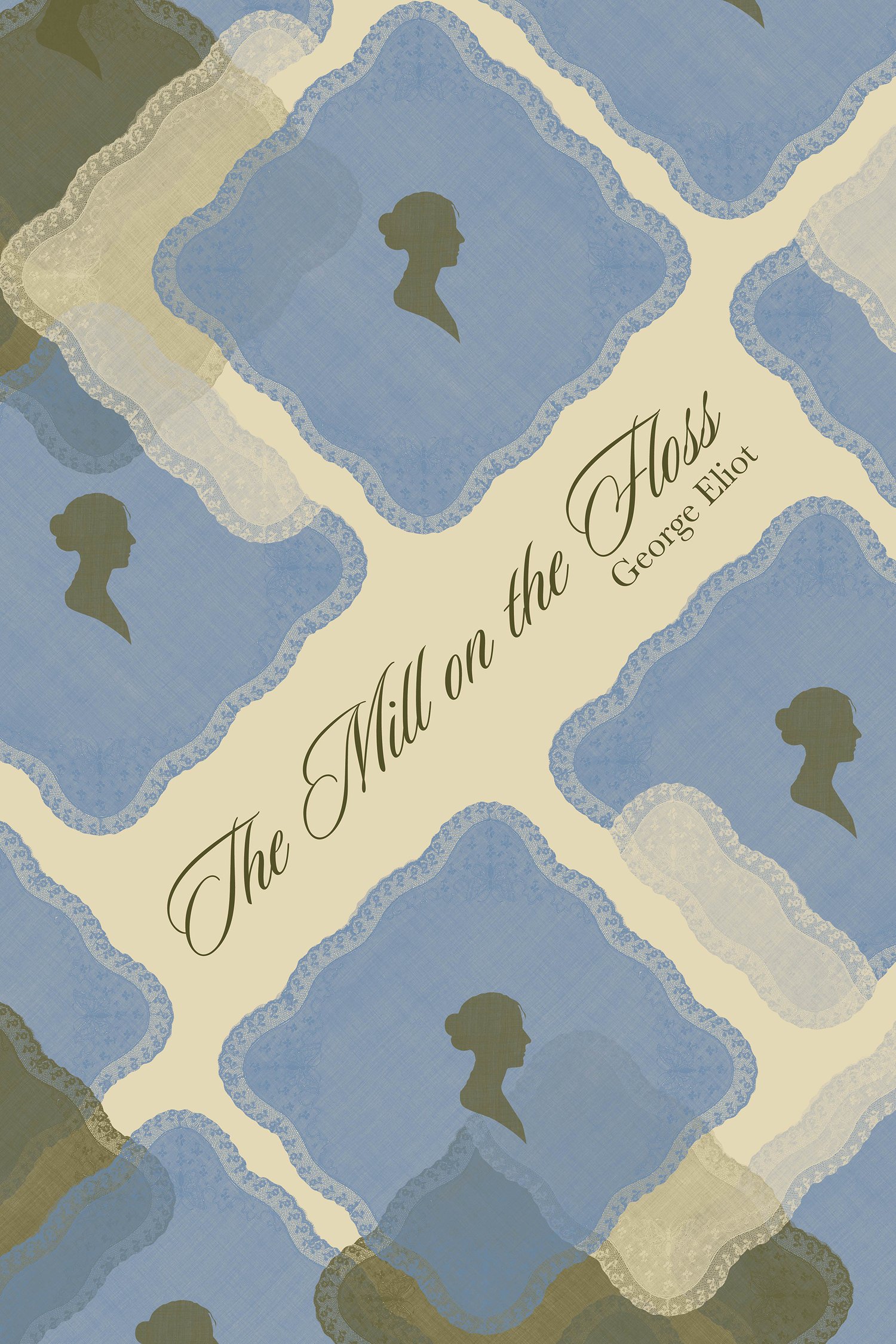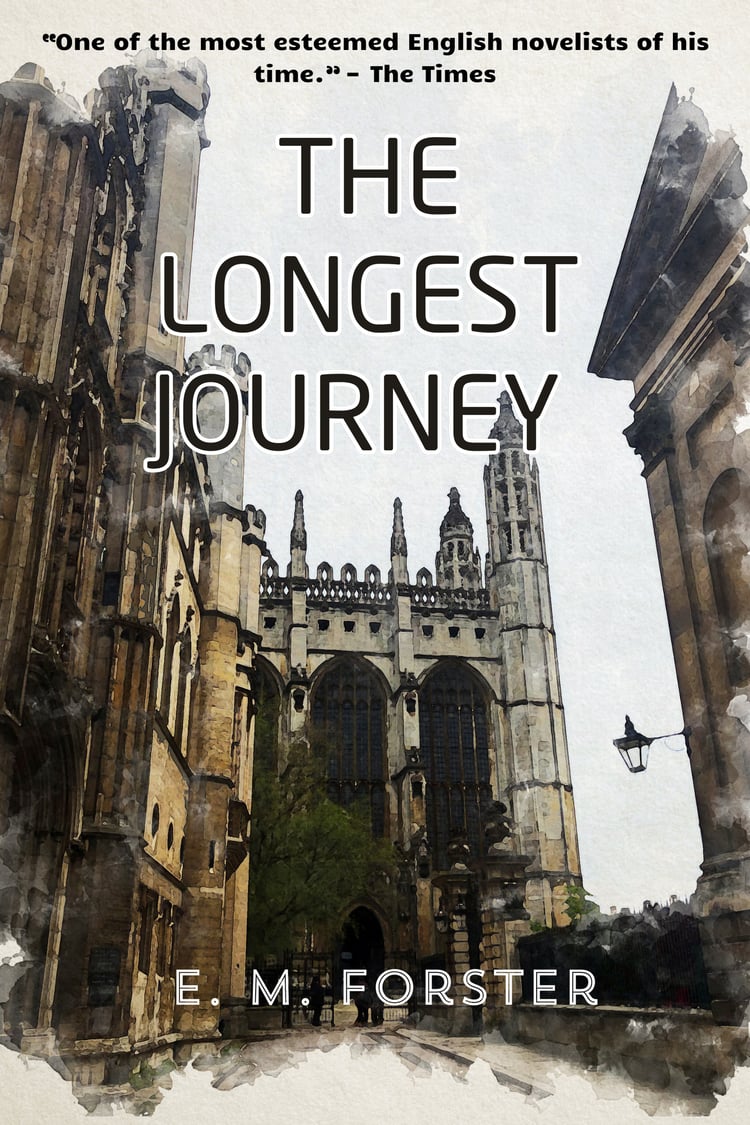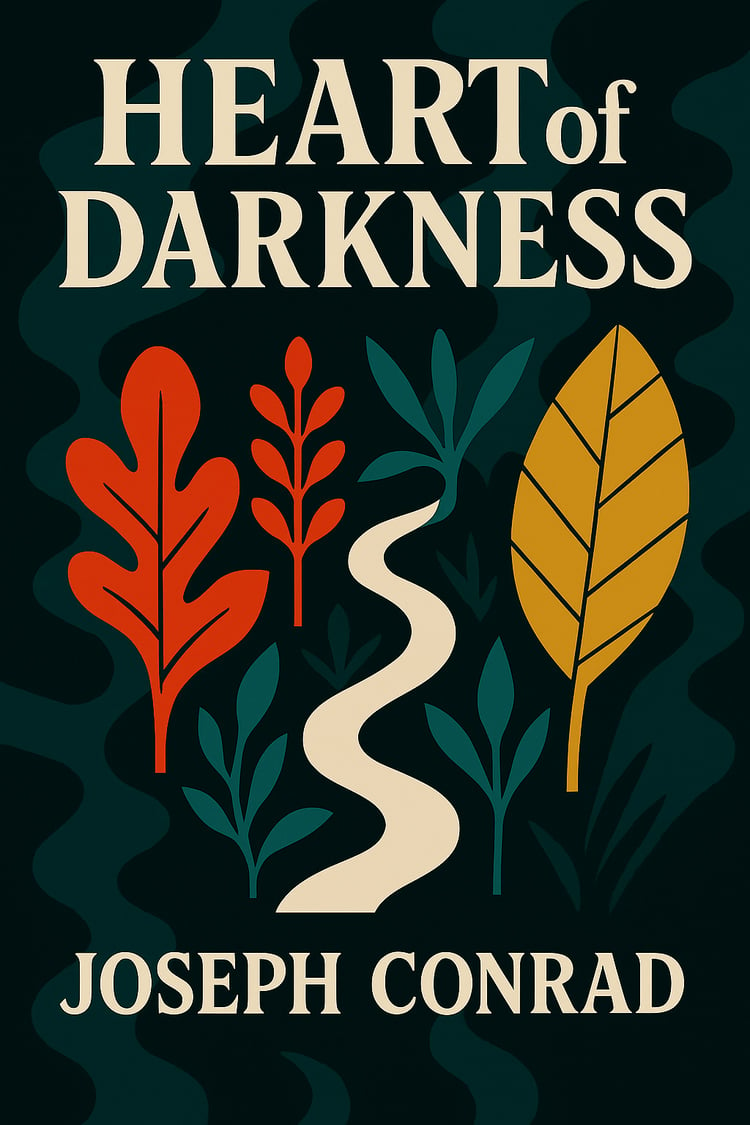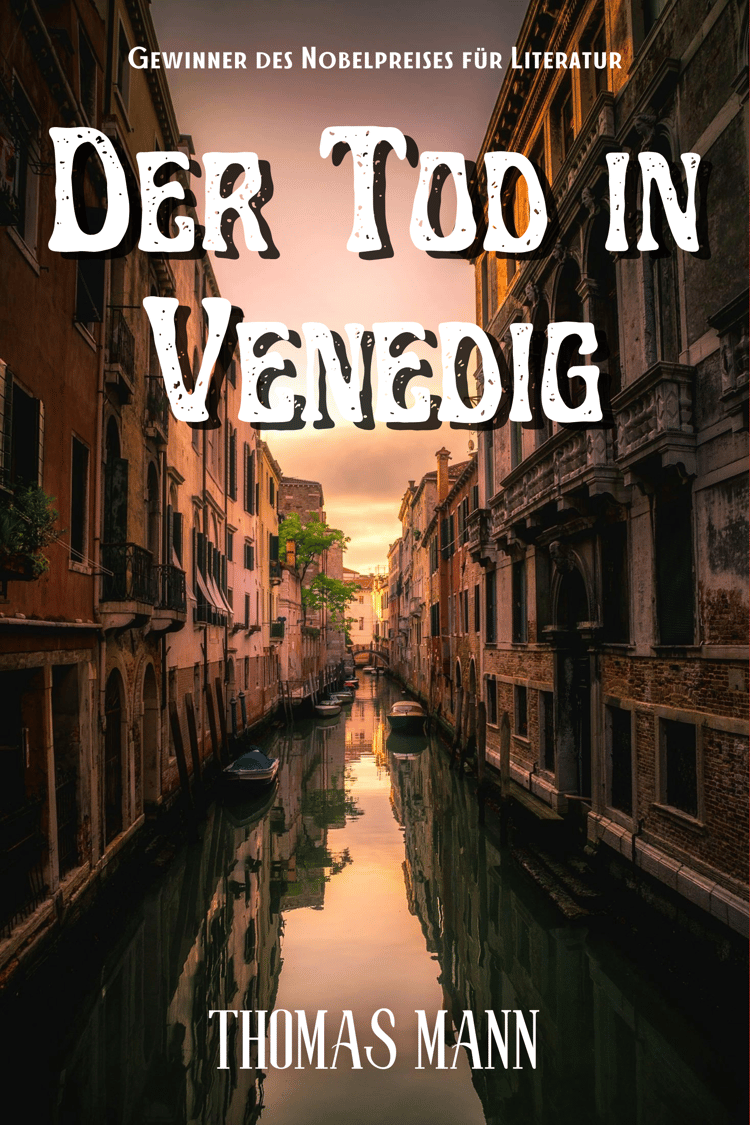
The Mill on the Floss
George Eliot’s The Mill on the Floss is a deeply moving portrait of family, passion, and fate. At its center are Maggie and Tom Tulliver, siblings whose bond is as fierce as it is fraught. Maggie, brilliant and impulsive, longs for freedom and understanding, while Tom is steadfast and proud, determined to protect the family’s honor after the ruin of their mill. As financial disaster, social pressures, and Maggie’s forbidden love for Philip Wakem drive them apart, the siblings must confront the painful choices that shape their destinies.
Eliot’s novel is both intimate and sweeping, capturing the texture of rural life along the River Floss with exquisite realism. The story explores the conflict between duty and desire, tradition and change, and the impossible demands society places on women who dare to defy convention.
With its tragic ending and emotional intensity, The Mill on the Floss stands as one of Eliot’s most powerful works—a meditation on loyalty, forgiveness, and the inexorable pull of the past.
About the author
George Eliot (1819–1880), born Mary Ann Evans, was one of the most important novelists of the Victorian era. Known for her intellectual depth and psychological insight, her works, including The Mill on the Floss and Silas Marner, continue to resonate with readers for their profound examinations of human nature and society.











